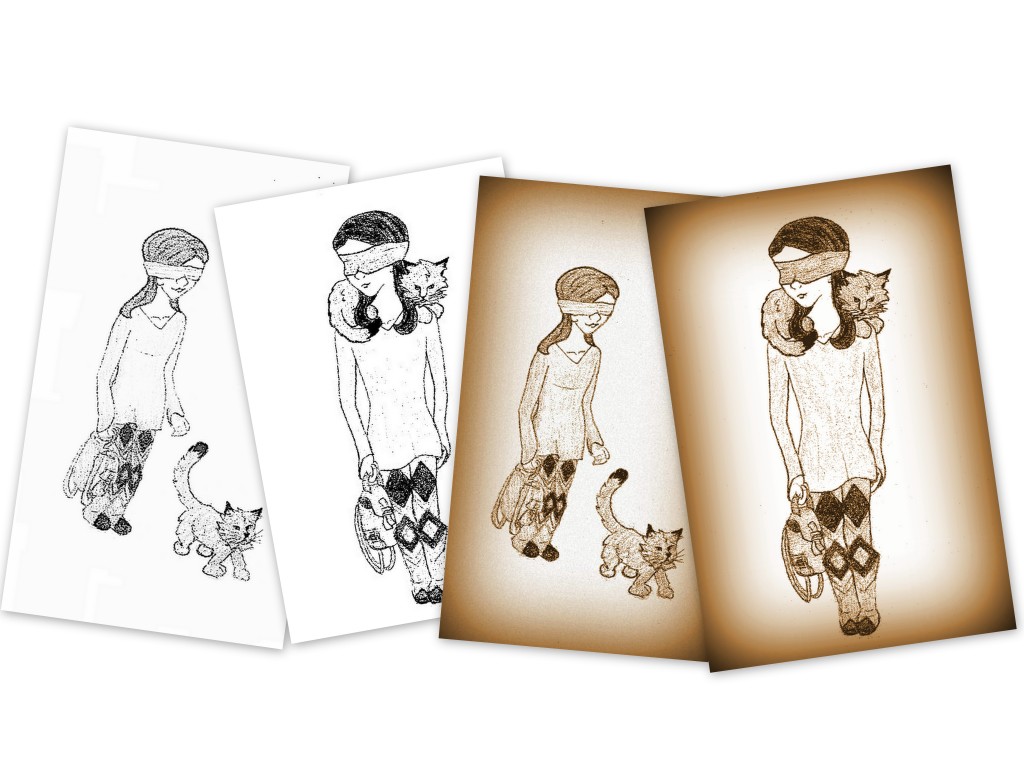They say a picture is worth a thousand words, but I’m pretty sure that sometimes a good picture is worth more than that!
Meet a couple of the artists who helped illustrate A Hero’s Curse: Autumn Daley and Rebecca Weaver. (Rebecca Weaver takes on freelance work and is especially talented in the fantasy realm. Check out more of her work at www.rebeccaweaver.com. Also, if I ever had a lawyer, that lawyer would probably have a fit that I’m revealing secret concept illustrations and would make me say this: “All illustration and sketch art is copyrighted and property of P.S. Broaddus and may not be reproduced in any way without permission.”)
Sketches aren’t always a part of the story process but a talented illustrator can paint a rich background into a tale. Growing up I loved to sit and look at illustrations in books. Aesop’s Fables, Brother’s Grimm, Chronicles of Narnia and many others. I still love to flip through books to see the sketches and interpretations of creatures. Much of the commercial world today has a hard nosed preference for immaculate graphic design or photography over the artsy vagueness of hand-rendered illustration. I disagree.
Illustration, with its subtle ambiguity and its unique, allusive ability to convey feeling, may indeed make it too dangerous for the corporate world.
But it makes it perfect for stories.
Character sketches like the ones above can help develop bigger illustration sequences. I enjoyed watching Essie and Tig’s illustration development as Autumn and Rebecca rendered their interpretation of the character.
I have spent many hours in the Kingdom of Mar and the Valley of Fire. Despite having a pretty good idea of what the place looks like in my head, I still enjoy learning more about the world after getting a sketch back. Landscape or concept sketches can help visualize the world I’m creating, or give me an idea of what someone else sees when I describe the world. It also helps move a story from the printed page to another medium—like pictures, concept art or even movies.
Changes happen frequently in the concept stage. Sometimes the changes are obvious, but often they can be subtle shifts in color, lighting or mood. (Or just the way a character is standing!) Art gets bounced back and forth, with me detailing what the picture should communicate and Rebecca or Autumn interpreting the story for the audience.
There you go. That’s a short bit of how illustration can be a part of story development, and specifically a piece of how it interacts with A Hero’s Curse.

